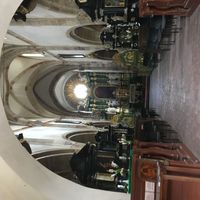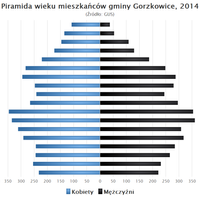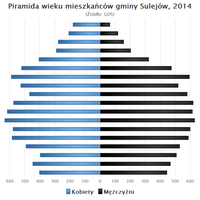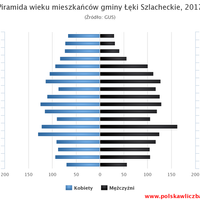Piotrków County
6.98

Overview
Piotrków County is a local government unit in Poland, located in the southeastern part of the Łódź Voivodeship, established in 1999. The seat of the county authorities is the city of Piotrków Trybunalski. The county covers an area of 1,428.77 km², which constitutes 7.84% of the voivodeship's area. The county includes urban-rural municipalities such as Rozprza, Sulejów, and Wolbórz, as well as rural municipalities, including Aleksandrów, Czarnocin, Gorzkowice, Grabica, Łęki Szlacheckie, Moszczenica, Ręczno, and Wola Krzysztoporska. The county borders the city of Piotrków Trybunalski and six other counties of the Łódź Voivodeship. According to 2020 data, the county is inhabited by just over 91,000 people. The region is rich in architectural and cultural heritage, with numerous monuments, including the 16th-century Royal Castle in Piotrków Trybunalski, which witnessed many important events in Polish history. The Cistercian abbey complex in Sulejów, dating back to the 12th century, as well as churches from that period, such as St. Margaret's and St. Augustine's in Witów, also attract tourists and history enthusiasts. Other notable sites include the ruins of a 15th-century castle in Bąkowa Góra and the 18th-century palace of the Kuyavian bishops in Wolbórz. The region also boasts valuable protected natural areas, including the Sulejów Landscape Park, which offers numerous recreational trails, such as the Pilica River Recreational Trail, making the county attractive to tourists seeking relaxation in nature. Additionally, the historic layouts of Rozprza and Gorzkowice, along with numerous monuments in towns like Moszczenica and Czarnocin, showcase the rich history and traditions of the region. The county also features unique examples of architecture and urban planning that reflect the local style and customs of its inhabitants. With its cultural, historical, and natural diversity, Piotrków County is an intriguing travel destination for those looking to explore lesser-known but charming corners of Poland.
Location
State
Łódź Voivodeship
Country
2025 Wizytor | All Rights Reserved









